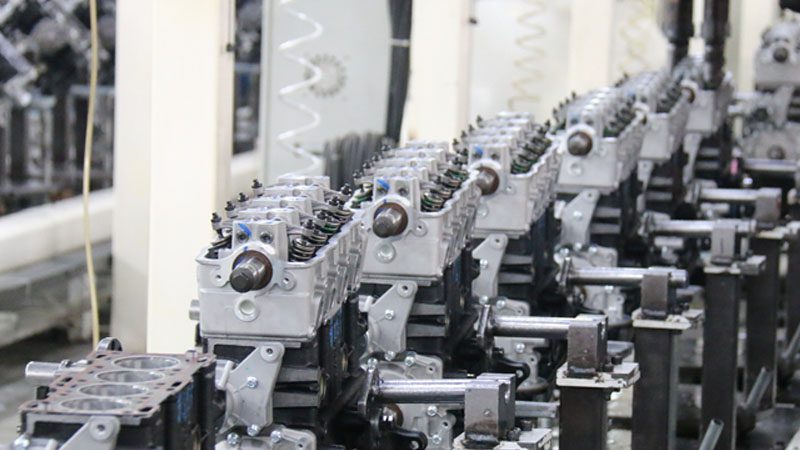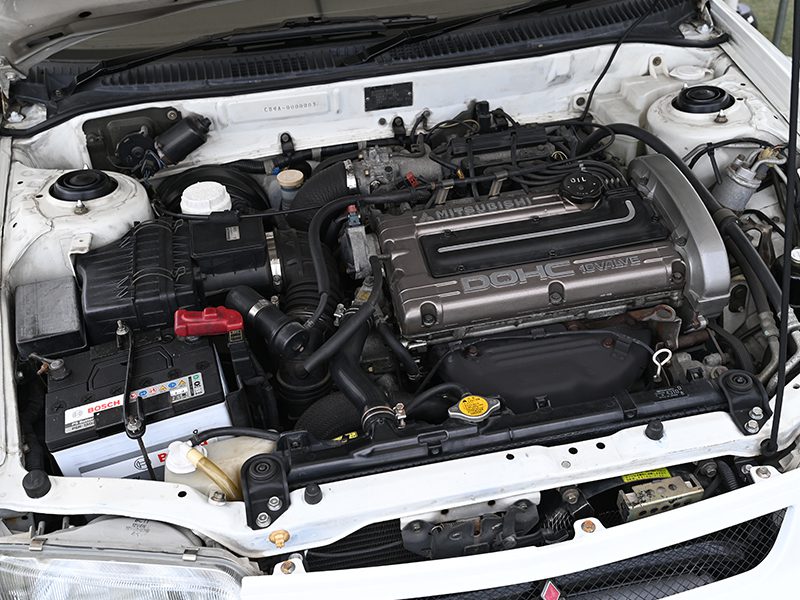Few engines have earned a reputation quite like the Mitsubishi 4G63. Known for its incredible durability, tuning flexibility, and strong motorsports heritage, this 2.0L inline-four has been a favorite among enthusiasts for decades. Whether you’re into drag racing, rally, or just building a fun street car, the 4G63 delivers the kind of power and reliability that keeps people coming back.
It’s no surprise that the 4G63 has built a cult following—especially among JDM fans, DSM tuners, and Evo builders. From the streets to the track, this engine has proven itself time and again.
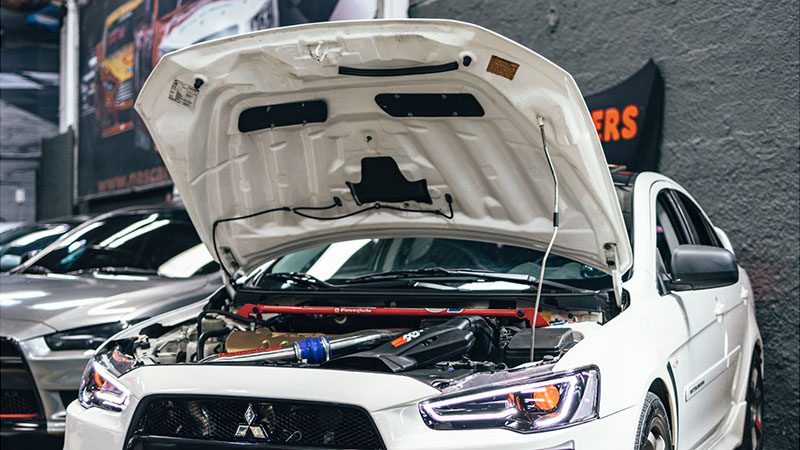
What Is the Mitsubishi 4G63 Engine?
The 4G63 is part of Mitsubishi’s Sirius engine family and made its debut in the early 1980s. It was initially designed as a performance-oriented 2.0L inline-4 and has seen use in a wide range of vehicles, both turbocharged and naturally aspirated.
Its foundation is solid: an iron block for strength, paired with an aluminum DOHC (or in some early variants, SOHC) head. This combination gave it the durability and flexibility needed for both everyday driving and high-performance applications. Over the years, the 4G63 evolved through various generations, refining its capabilities while staying true to its high-performance roots.
4G63 Engine Specs (NA vs Turbo)
Here’s a quick look at how the naturally aspirated and turbocharged versions compare:
| Spec | 4G63 NA | 4G63T (Turbo) |
|---|---|---|
| Displacement | 2.0L (1997 cc) | 2.0L (1997 cc) |
| Bore x Stroke | 85.0 mm × 88.0 mm | 85.0 mm × 88.0 mm |
| Compression Ratio | 9.5:1 | 8.3:1 – 8.8:1 (varies by model) |
| Horsepower | ~135 HP | 190–280+ HP |
| Torque | ~125 lb-ft | 200–290 lb-ft |
| Induction | Naturally Aspirated | Turbocharged (Garrett or MHI turbos) |
| Valvetrain | DOHC 16-valve (some early SOHC) | DOHC 16-valve |
| Pistons & Rods | Cast aluminum, cast rods | Forged pistons and rods |
| Cooling Features | Standard | Oil squirters, larger radiator |
| ECU & Fueling | Basic EFI | Advanced ECU, larger injectors |
| Redline | ~7,000 RPM | ~7,500 RPM |
The turbocharged version, commonly known as the 4G63T, wasn’t just a naturally aspirated engine with a turbo slapped on. It was purpose-built with stronger internal components, upgraded fueling systems, oil cooling enhancements, and a lower compression ratio to safely support boost. These differences make the 4G63T far more capable when it comes to high-horsepower builds.
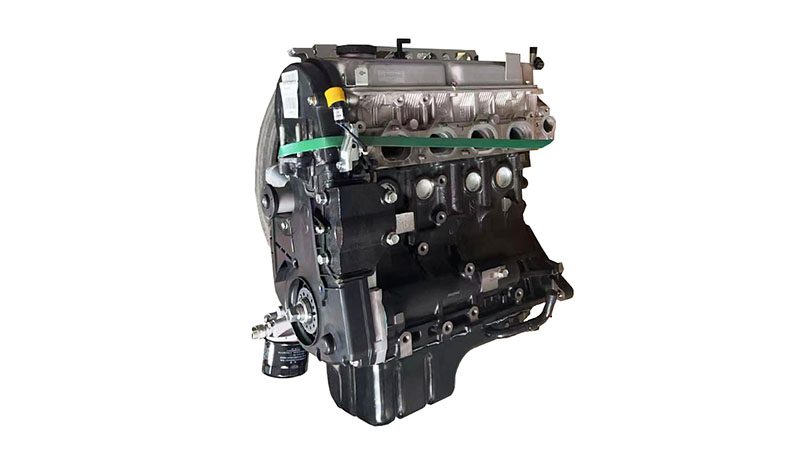
Cars That Came with the 4G63 Engine
The 4G63 wasn’t exclusive to the Lancer Evolution—it found its way into several Mitsubishi and DSM (Diamond Star Motors) vehicles across different markets. Here are the most notable:
- Mitsubishi Lancer Evolution I–IX – Perhaps the most iconic use of the 4G63T, powering the first nine generations of the Evo with AWD rally-bred performance.
- Mitsubishi Eclipse GS-T / GSX (1990–1999) – FWD (GS-T) and AWD (GSX) turbo models featured the 4G63T in the U.S. market, especially popular in the tuner community.
- Eagle Talon TSi – Shared its platform with the Eclipse and also received the turbocharged 4G63 in TSi FWD and TSi AWD trims.
- Plymouth Laser RS Turbo – A short-lived but important DSM model that offered the same powertrain as its Eclipse and Talon cousins.
- Mitsubishi Galant VR-4 – The original AWD turbo sedan that laid the foundation for the Evolution series.
- Mitsubishi Delica / RVR (select trims) – Some versions were equipped with either the turbo or NA 4G63 for off-road or multi-purpose utility.
These models came in both FWD and AWD configurations, making the 4G63 a flexible platform for various types of builds—from drag cars to dirt monsters.
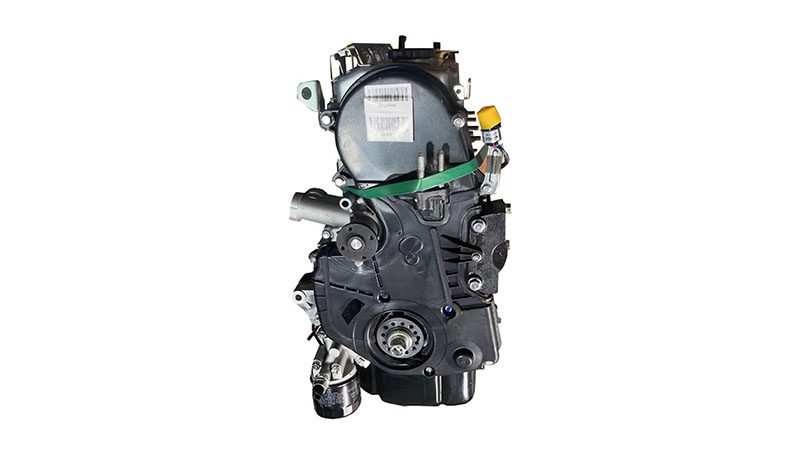
4G63 vs. 4G64: What’s the Difference?
While the 4G63 and 4G64 share the same engine family and similar architecture, they differ in several key areas. The 4G64 has a larger displacement at 2.4L, achieved through a longer stroke, which gives it better low-end torque but limits high-revving capability.
Some builders create hybrid engines by mating a 4G64 block with a 4G63 turbo head. This combo, often called a “2.3L stroker” or “4G64/63 hybrid,” is popular for those seeking extra torque while retaining the turbocharged potential of the 4G63T. It’s a great option for drag racing or street builds that prioritize midrange power.

How Much Horsepower Can a Stock 4G63 Handle?
The 4G63 is known for being tough. With proper tuning, the stock block and internals can handle around 350 horsepower reliably. Push it further and you enter the 500+ HP territory—but that typically requires upgraded fuel delivery, a larger turbo, and meticulous engine management.
Some extreme builds have pushed the 4G63 north of 700 HP, but at that level, forged internals, upgraded head studs, and custom tuning are essential. The good news? The engine was built with performance in mind, and it responds well to modification when done right.
4G63 Engine Performance Upgrades
If you’re looking to squeeze more out of your 4G63, here are some tried-and-true upgrade paths:
- Bolt-ons: Start with basics like a performance intake, high-flow exhaust, and a front-mount intercooler.
- Turbo Upgrades: Popular choices include the Mitsubishi TD05H (Evo), FP Green, and Garrett GT series for higher boost potential.
- ECU Tuning: Use platforms like ECUflash, AEM EMS, or LinkECU to fine-tune ignition and fuel maps for power and safety.
- Internal Mods: Forged pistons, connecting rods, and ARP head studs are must-haves for high-boost builds.
- Cooling: Keep temps in check with a larger radiator, upgraded oil cooler, and improved thermostat system.
With these mods, the 4G63 can easily become a 500+ HP monster that’s still reliable enough for the street.
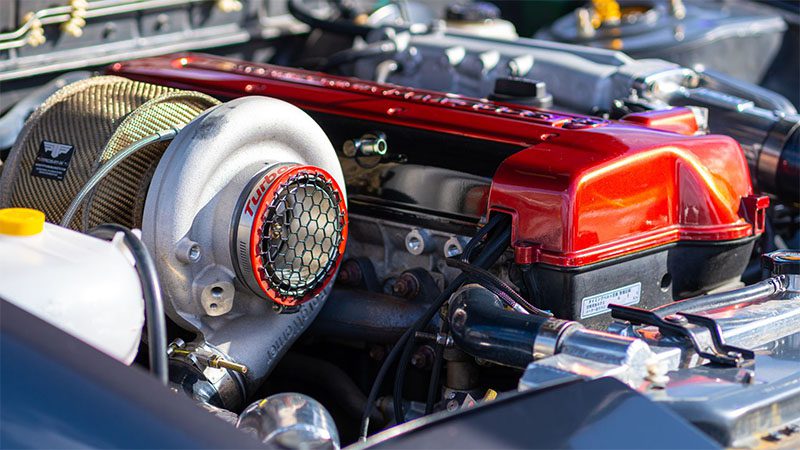
Common Issues and Reliability
Like any performance engine, the 4G63 has its quirks—but most are well-documented and preventable:
- Head Gasket Failures: Often occur under excessive boost with stock head bolts.
- Crankwalk: Mostly associated with 7-bolt engines from certain years. Can be prevented or mitigated with proper maintenance and upgrades.
- Oil Leaks: Common around the valve cover gasket and front main seal.
- Timing Belt Issues: Needs regular inspection—failure can cause catastrophic damage.
Routine maintenance, quality parts, and conservative tuning go a long way in keeping a 4G63 reliable for years to come.
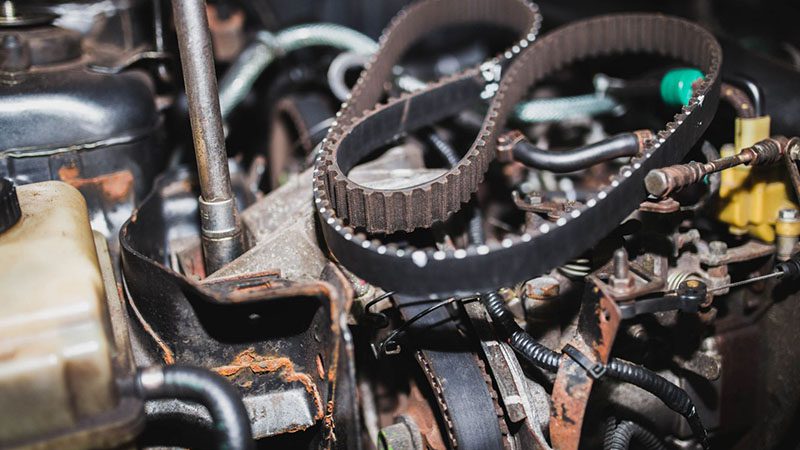
4G63 Engine Swap & Compatibility
Swapping a 4G63 into other platforms is a popular route thanks to its size and aftermarket support. Ideal swap candidates include:
- Older Mitsubishi models (e.g., Galant, Mirage, Lancer)
- DSM chassis cars
- RWD conversions (like Starion, 240SX, or Lancer RWD setups)
Successful swaps require proper engine mounts, a compatible transmission or adapter plate, and a matching ECU and wiring harness. Done right, the 4G63 can transform almost any lightweight chassis into a performance beast.
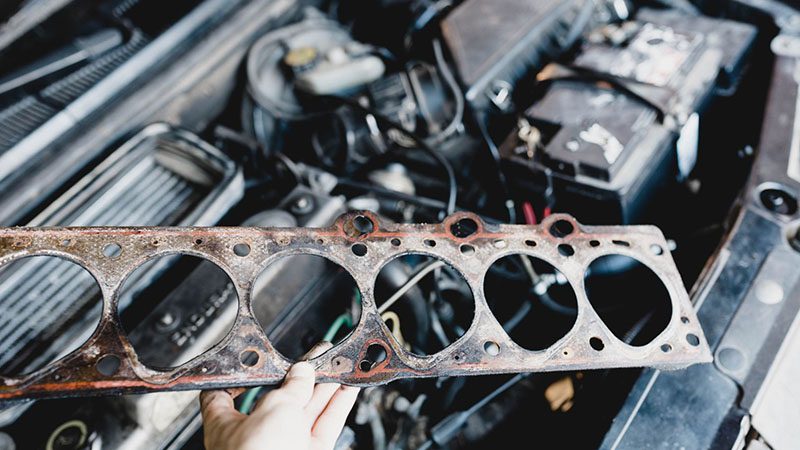
Where to Buy 4G63 Engines and Parts
When it comes to sourcing a 4G63 engine or components, you’ve got a few solid options depending on your goals and budget:
- New or Rebuilt Long Blocks – Great for peace of mind and long-term reliability. Perfect if you’re starting fresh or doing a full restoration.
- JDM Imports – Often more affordable, but quality can vary. Be sure to buy from reputable suppliers and check the condition thoroughly.
- Used Engines – Ideal for budget builds or temporary setups, but a close inspection is a must to avoid surprises.
If you’re looking for quality parts backed by real expertise, we’ve got you covered. At Nanjing Woda Auto Technology Co., Ltd., we specialize in:
- Complete engine rebuild kits
- High-performance crankshafts and cylinder heads
- Custom solutions tailored for workshops, distributors, and B2B customers
With more than 25 years in the industry, we’re here to help you build it right the first time—with reliable parts and real support from people who know engines.

FAQs
1. What cars have the 4G63 engine?
The 4G63 was used in several Mitsubishi and DSM models, including the Lancer Evolution I–IX, Eclipse GS-T/GSX, Eagle Talon TSi, Plymouth Laser RS Turbo, and Galant VR-4. Some Delica and RVR variants also featured it.
2. What’s special about the 4G63?
The 4G63 is known for its strong iron block, turbo-ready design, and success in rally racing. It’s highly tunable and capable of serious power with the right setup.
3. Which Evos had the 4G63?
The 4G63 powered the Lancer Evolution I through IX (1992–2006). Evo X switched to the newer 4B11T engine.
4. How much HP can a 4G63 handle?
Stock internals can handle around 350 HP with proper tuning. With forged internals and upgrades, it can exceed 500–700+ HP reliably.
5. Does the 4G63 have a timing belt or chain?
The 4G63 uses a timing belt, not a chain. It’s important to replace it at recommended intervals to avoid serious engine damage.
Final Thoughts
The Mitsubishi 4G63 isn’t just another 2.0L engine—it’s a piece of performance history. With its proven durability, massive aftermarket, and impressive power potential, it remains one of the most beloved four-cylinders ever made.
Whether you’re building a track car, drift project, or reliable daily with a kick, the 4G63 is a platform that delivers.
At Nanjing Woda Auto Technology Co., Ltd., we work closely with engine builders, repair shops, and distributors to supply high-quality components that meet the demands of professional use. From complete rebuild kits to performance crankshafts and cylinder heads, our goal is to help you serve your customers with confidence.
Get in touch with us today to explore bulk pricing, technical support, and tailored solutions for your business.
